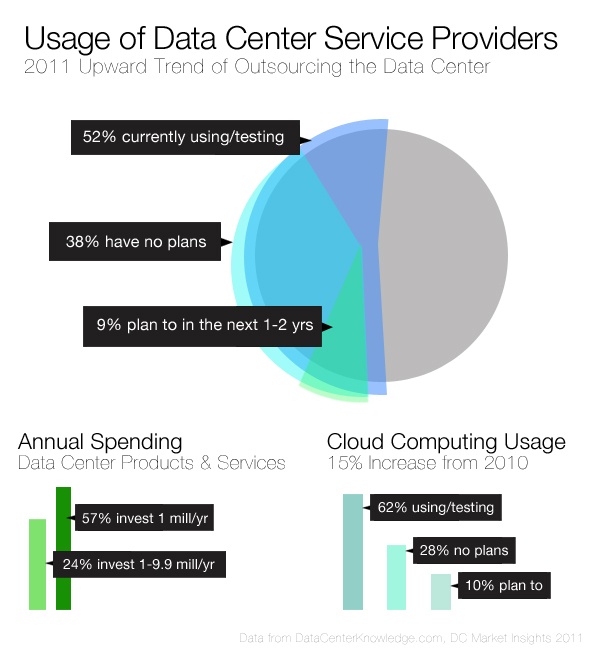Hybrid IT: Perhaps the greatest effect of public cloud computing on IT concerns operations. IT organisations realise that not only do they need to compete with public cloud service providers (CSPs), but also act as intermediaries between internal customers and all IT services (internal or external).
IT organisations are becoming brokers of a set of IT services hosted partly internally and partly externally
IT organisations are becoming brokers of a set of IT services hosted partly internally and partly externally — that is, of hybrid IT. As intermediaries, IT organisations can offer internal customers the price, capacity and provisioning speed of the external cloud, and the protection and security of the internal cloud.
Internal clouds: When businesses grow accustomed to consuming IT as a service, IT organisations will be compelled to build internal clouds. Unfortunately, building an internal cloud is hard work and few blueprints exist. Although vendors are building products that will help customers build internal clouds, there is no turnkey solution. IT organisations will struggle to cobble together the necessary pieces to build internal clouds. Nevertheless, building them will be a key data centre trend in 2012 because of the need to compete with external cloud computing.
Hybrid clouds: Hybrid clouds are connections between two clouds, usually an internal private cloud and an external public cloud. They are constructed using software that enables applications and data to migrate more easily between clouds. For example, many applications depend on identity management systems to authenticate users, have gigabytes of data, and have input/output latency dependencies for storage. These attributes often prevent applications from migrating to the external cloud, but hybrid cloud solutions them in unique ways. For example, hybrid cloud software can enable WAN acceleration and VPN connections between clouds that allow IT organisations to keep application services and critical data in the internal cloud, and to move the workload itself to the public cloud. As IT budgets continue to shrink and capital resources remain scarce, hybrid clouds will become a more popular option for augmenting IT capacity and enabling disaster recovery than building another data centre or signing a long-term outsourcing agreement.
GARTNER DATA CENTER & IT OPERATIONS SUMMIT 2011
The Gartner Data Center & IT Operations Summit 2011 will help data centre professionals to understand the potential of disruptive technologies such as cloud computing, fabric computing and virtualisation and to harness them to deliver business value. It explores both the tactical and strategic impacts in terms of organisational structures, sustainability agendas, process transformation, technology implementation and the influences of security and licensing on technology choice. For further information on the Summit click here.
User-centric computing: To compete in a global market and retain key employees,organisations often have to accommodate staff who live in remote locations and use personal devices for work. Some organisations are attempting to radically reduce the operational expense of supporting numerous desktop devices for large groups of users with various application requirements. These needs create new challenges for IT organisations to secure data; back up data; support smaller, less functional devices; and support a broader range of devices. Therefore, many IT organisations are rethinking their desktop and mobility strategies and adopting a user-centric, rather than a device-centric, point of view.

